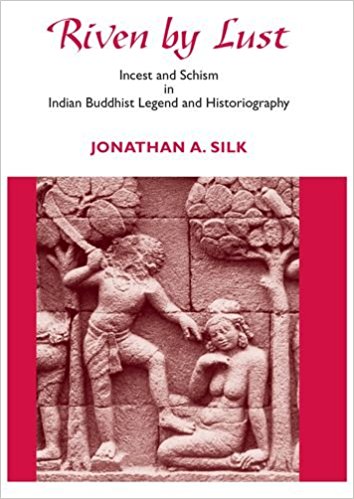Riven by Lust is a deceptively slim volume: the main text is a little over 200 pages. However, it encapsulates scholarship that is breathtaking in both its depth and range. Silk opens up a fairly well known theme, that of schism within the early Buddhist tradition, but, in the course of investigating the biography of the putative author of the rift, guides us deftly through the dark world of incest and cultural attitudes towards it. The work, Silk informs us, distills insights arrived at through over two decades of scholarship, tracking faint traces of the narrative through Sanskrit, Pali, Tibetan, Chinese and Japanese sources. The author is acutely aware of the need to juxtapose text with context, as he argues persuasively for the existence of more than one version of the Oedipus complex in the Indian context.

A Dark World of Incest And Cultural Attitudes
Kumkum Roy
RIVEN BY LUST: INCEST AND SCHISM IN INDIAN BUDDHIST LEGEND AND HISTORIOGRAPHY by Jonathan A. Silk Munshiram Manoharlal Publishers, 2010, 347 pp., 955
January 2010, volume 34, No 1
